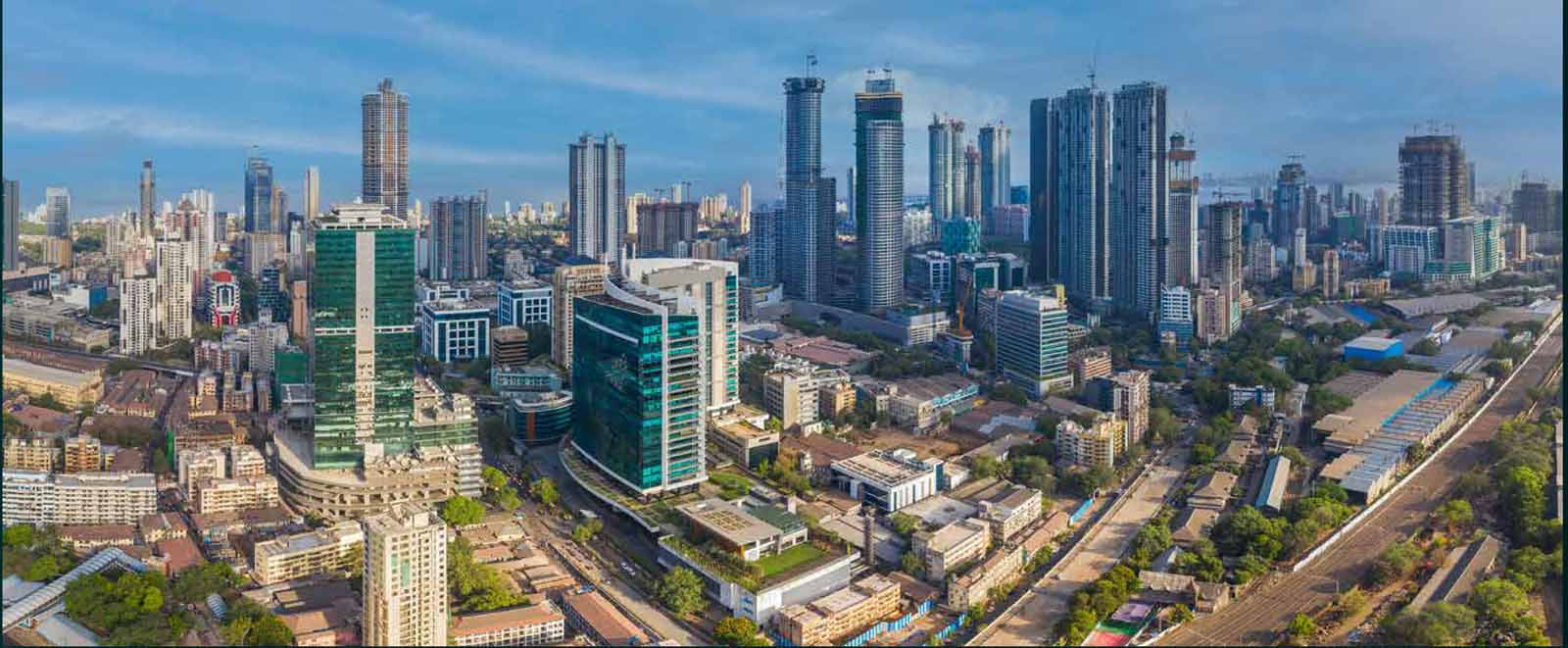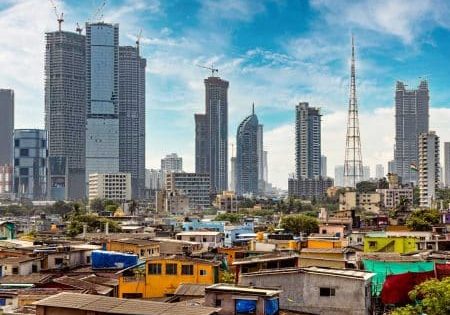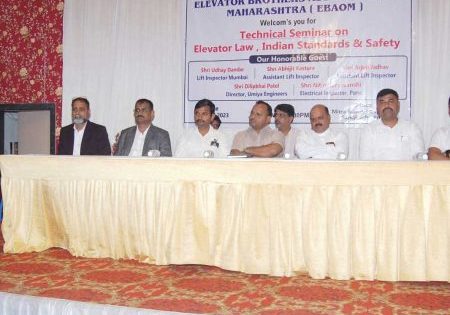CBRE South Asia Pvt. Ltd.’s new report traces the present scenario and future expectations for high-rise structures in India.
submitted by CBRE Group, Inc.
CBRE South Asia Pvt. Ltd. has launched its report, “Sky Is the Limit: Rise of Tall Buildings in India.” Per the report, Mumbai dominates India’s skyline with a notable share of approximately 77% of the tall buildings in India. The city has more than 100 tall buildings and is likely to continue leading the construction of tall buildings in the future. Mumbai’s tall buildings command prices at a premium compared to other cities, making the construction of these developments economically viable.
Limited land resources and an exponential increase in urban population have been the primary reasons for the city’s vertical growth over the years. Globally, Mumbai ranks 17th and 14th in Asia among cities with the maximum number of tall buildings, according to the Council on Tall Buildings and Urban Habitat (CTBUH). Decentralization of growth in Mumbai has led to expansion toward the north and east, giving rise to new micro-markets such as Malad, Goregaon, Powai, Vikhroli and Kanjurmarg, which have transformed from residential outskirts into important city centers. Despite this expansion, land scarcity remains a pressing issue in Mumbai’s urban areas, resulting in high demand and causing a steep hike in land prices.
Central Mumbai and South Mumbai, known for their prestige and premium locations, have become hubs for high-rise clusters. These densely populated areas enjoy excellent connectivity through public transportation and road networks and command a premium real estate price compared to other parts of the city. Among other Indian cities, Hyderabad, Kolkata and Noida account for 8%, 7% and 5% of the tall buildings in India, respectively. Gurgaon, Bangalore and Chennai closely follow them, each contributing 1% to the country’s tall building landscape. The report also indicates that nearly 89% of completed tall buildings in India are dedicated residential buildings, while 6% are designated office buildings. Mixed-use structures account for 4% of the tall building landscape, while hotels make up 1%.
Anshuman Magazine, chairman and CEO – India, South-East Asia, Middle East and Africa, CBRE, said:
“The current trend in major Indian cities allows for outward expansion. However, it is important to recognize that this approach may not be a sustainable solution in the long term. As a result, it becomes imperative for developers, architects, planners and policymakers to embrace a vertical-growth strategy. Mumbai has already demonstrated the success of such an approach in some locations, but other cities still heavily rely on horizontal development. Hyderabad, for the past few years, has been eyeing vertical growth, presenting another prime example where developers and stakeholders are actively pursuing vertical growth, capitalizing on the favorable floor space index regulations in Telangana. Exponential urban migration has led to a need for a well-planned city landscape by way of exploring avenues for growth of tall buildings.”
Gurjot Bhatia, managing director, Project Management – India, South-East Asia, Middle East and Africa, said:
“The urban sprawl has challenges such as limited institutional capacities and fragmented government regulations, creating hindrances in implementing a robust infrastructure network and facilitating efficient distribution of resources. Tall buildings in such a scenario provide holistic urban solutions. The tall structures not only help reduce carbon emissions by creating compact environments with efficient mobility features, but they offer branding opportunities, high-quality living standards and presence in prime locations, attracting investors. Research also shows that densely populated areas have an additional cost advantage in providing basic services.”
Recommendations for sustainable vertical growth in the India Unified Building Code & Guidelines:
- Formulate stringent national- and state-level guidelines regarding choice of materials, vertical transportation, methods of design and construction, etc., for development of residential, commercial, hotel and mixed-use tall buildings.
- Develop planning guidelines that encourage the integration of tall buildings into existing urban patterns.
- Skilled development and safety training:
- Support top institutions/research organizations and enable industry collaborations to drive innovations and build indigenous expertise among architects, engineers, etc.
- Invest in safety training exercises for:
- Construction workers to facilitate incident-free sites
- Safety personnel to formulate effective evacuation plans in case of an emergency
- Create awareness:
- Educate stakeholders regarding the benefits of tall buildings and address concerns related to safety and anticipated impact on local communities.
- Emphasize sustainable aspects of tall buildings and enlighten stakeholders about effective tools to reduce their ecological footprint.
- Forge international alliances:
- Foster collaboration with international organizations and experts who have made advancements in construction of tall building technologies
- Partner with international developers/architects/planners who have delivered successful projects in other countries and adopt their best practices to the Indian context
- Upgrade infrastructure networks:
- Ensure the availability of an efficient infrastructure network in terms of emergency services, transportation, water supply, sewage systems and power supply to support tall buildings
- Upgrade existing networks to accommodate future demand in the vicinity of tall buildings
About CBRE Group, Inc.
CBRE Group, Inc., a Fortune 500 and S&P 500 company headquartered in Dallas, Texas, is a commercial real estate services and investment firm with approximately 115,000 employees (excluding Turner & Townsend employees) serving clients in more than 100 countries. CBRE serves a diverse range of clients with an integrated suite of services, including facilities, transaction and project management; property management; investment management; appraisal and valuation; property leasing; strategic consulting; property sales; mortgage services and development services. CBRE opened its office in India in 1994. Since then, operations have grown to include more than 10,000 professionals across 15 offices with a presence in more than 80 cities in India. As a leading international property consultancy, CBRE provides clients with a wide range of real estate solutions, including strategic consulting, valuations/appraisals, capital markets, agency services and project management. The guiding principle at CBRE is to provide strategic solutions that make real estate holdings more productive and economically efficient for clients across all service lines.
Get more of Elevator World. Sign up for our free e-newsletter.

















